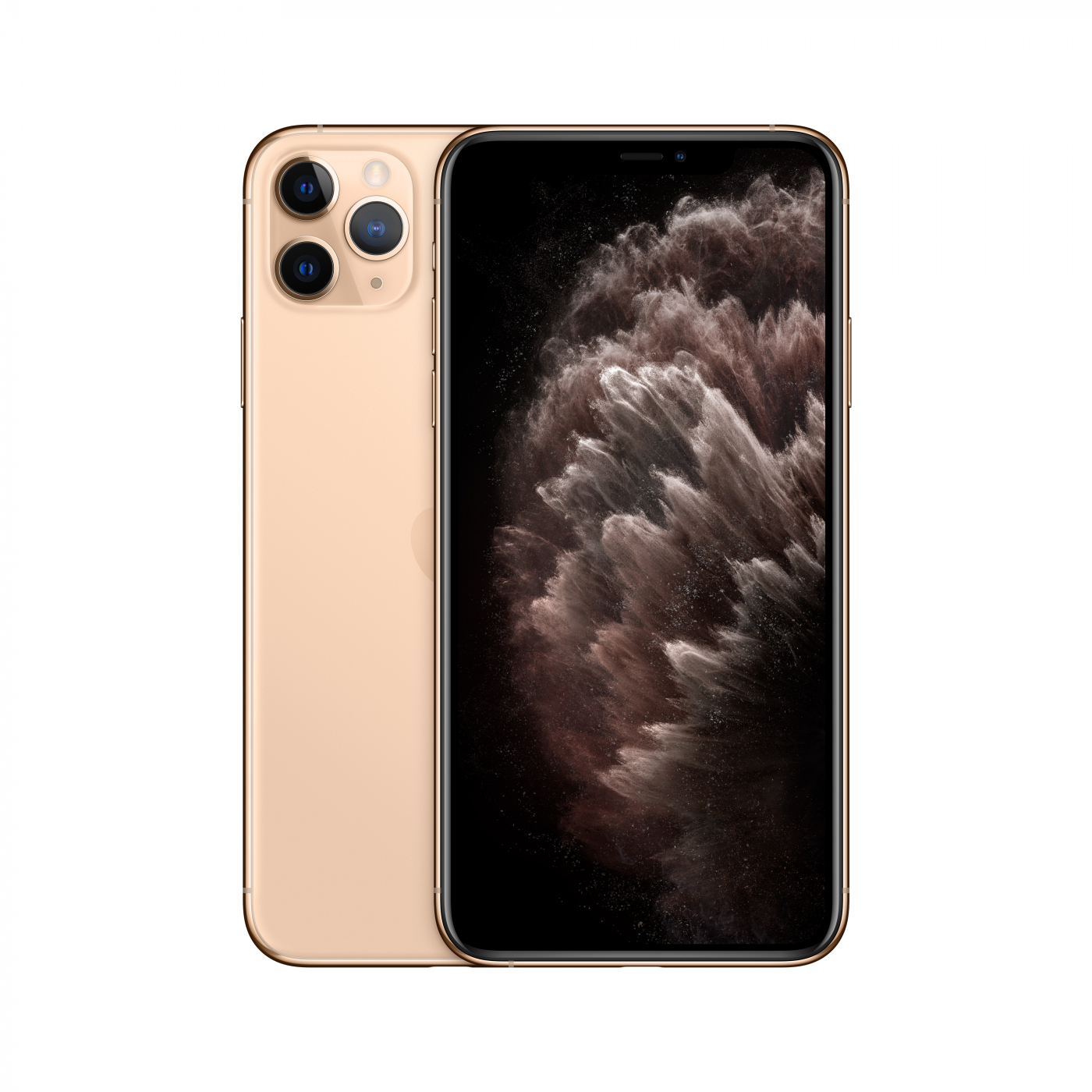Product of the Day
iPhone 11 Pro Max selfie cam scores in top 10
DxOMark has announced the iPhone 11 Pro Max has scored in the top 10 devices in its selfie scores.
The iPhone 11 Pro Max is Apple’s most recent top-of-the-line smartphone, featuring a large 6.5-inch “Super Retina” XDR OLED display, Apple’s most powerful A13 Bionic chip for processing, 4GB of RAM, IP68-rated sealing for dust/water protection, and Qi wireless charging.
The front-facing camera benefits from a hardware upgrade over previous models, with a higher-resolution 12MP sensor for sharper shots and wide-angle 23mm-equivalent lens. The lens is still fixed-focus, with the same f/2.2 aperture as the lens on the XS Max, but the wider field of view will certainly help fit more into the frame. Other features include smart HDR, and bokeh shots with Apple’s SL (Structured Light) 3D camera doing the depth sensing.
Front-camera video has been upgraded, too, with the iPhone 11 Pro Max now capable of 4K (2160p) capture at either 24/30/60fps frame rates, as well HD (1080p) capture at 30/60/120fps. The video module also benefits from gyroscope-based electronic image stabilisation (gyro-EIS) for theoretically smoother video capture using the front camera.
Key front camera specifications:
- 12MP-resolution sensor
- Fixed-focus, 23mm-equivalent f/2.2-aperture lens
- SL 3D camera
- Smart HDR
- Portrait mode with bokeh and depth control
- 4K 2160p/60fps video
DxOMark provided the following review:
Achieving a DxOMark Selfie Score of 91, the front camera on the iPhone 11 Pro Max offers a nice improvement in image quality over the XS Max, and ranks just inside the top ten in our database. The addition of a wider lens on the new device is a big plus, helping you fit more into the frame and get better compositions in a range of situations. There are other strengths, too, including a higher score for focus, with both faces and backgrounds boasting good detail at a range of distances, and effective bokeh shots when you want to blur the background. Selfies pack plenty of punch outdoors, too, with accurate exposure on faces, and fairly wide dynamic range ensuring well-controlled highlights and skin tones even in very bright conditions.
Colour rendering has been improved on the iPhone 11 Pro Max, too. White balance is typically a little yellow, but the warmer skin tones can be attractive, and good saturation ensures that colours are pleasant and often vivid in outdoor shots. Details are also well preserved, with well-defined facial features in both single and group selfies at close and medium range; and skin tone rendering usually looks natural.
Bokeh shots are also a key strength for the iPhone 11 Pro Max’s selfie shooter, and the strong background blur looks really striking. Apple’s SL 3D camera generally does a good job with depth estimation and subject isolation. A notable area for further development, however, is noise, which is often very prevalent in both indoor and low-light images. Noise has improved slightly since the XS Max, but front-facing cameras from key competitors continue to offer smoother results in low-light conditions.
Video shows some of the same strengths and weaknesses as stills. The lens’s wider field of view, good focus at most distances, and extended depth of field make the iPhone 11 Pro Max’s front camera a much more suitable solution for vlogging compared to previous iterations. Video exposure is also very good, with the inclusion of HDR processing offering a fairly wide dynamic range in bright outdoor lighting conditions, which is still a little rare for video on front cameras. Colour is pleasant when white balance is accurate, and although slight white balance instabilities are evident, the device generally avoids any offensive colour casts. 4K capture also ensures good detail in videos; fine detail is well preserved, especially in outdoor conditions, and the texture-versus-noise compromise is good. Detail and noise in indoor videos is the main opportunity for improvement, however, with a significant loss of detail and strong noise visible in lower light conditions.
Read more about how the scores are calculated on DxOMark’s website.

















